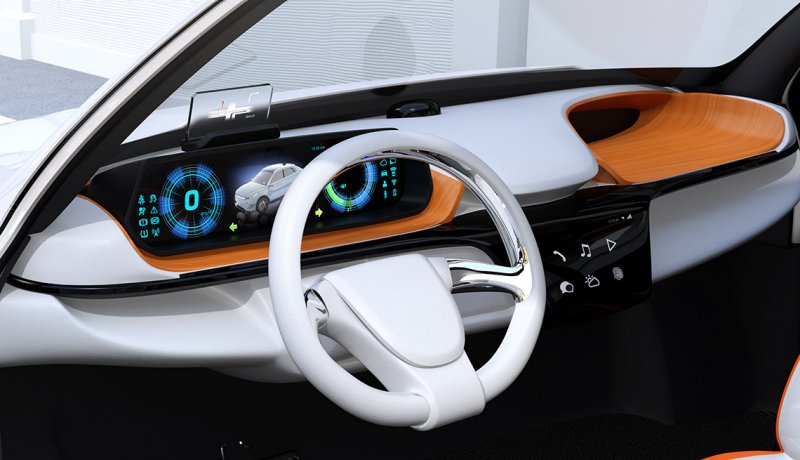
1.24 million people worldwide die annually from traffic accidents, 90% of which are caused by human error, according to Embedded Vision. It is in a bid to curb this menace that vehicle manufacturers have gone above and beyond to incorporate technology in the form of Advanced Driver Assistant Systems into every batch of new car releases. Based on sensor technology and high processing computers, today’s vehicle safety features are mind-blowing. The invention of the 3 point seat belt in 1959, considered to be the biggest leap in vehicle safety back then, has nothing on the vehicle safety technology the 21st century has to offer.
Lane Departure Systems
It goes without saying that lane departure systems are among the most brilliant tech innovations of all time. Most accidents are caused by drowsy, distracted or irresponsible drivers. Should a driver be in any of these compromising situations and in the process drift off to another lane, lane departure systems step in to correct this. They use canny edge detectors to identify where lane lines lie through images fed to them by the camera placed on the front rear view mirror. Should a car go off the stipulated lane, the system alerts the driver so they can take corrective measures. There are two types of lane departure systems: lane departure warning systems and lane keeping systems. The former alerts the driver whenever he swerves out of his lane using audio alerts, visual alerts or the vibration of the steering wheel or the seat. The latter, present in cars manufactured by Volvo and Toyota, not only alert the driver but also go a further step to self-steer back into position should the driver be unresponsive. It is an impressive and efficient technology that goes a long way in taking care of you and your passengers.
Autonomous Emergency Braking (AEB)
AEB systems come in pretty handy when there is poor visibility, an irresponsible pedestrian crossing the road, a driver ahead of you brakes abruptly or when, God forbid, you are driving while distracted. During such critical times, most people panic and are unable to brake or apply adequate force due to anxiety. Realizing how tricky such situations can be for drivers, automobile manufacturers like BMW, Ford, and Subaru have taken it upon themselves to equip their cars with autonomous emergency braking systems. These systems use lidar based, camera or radar technology to identify any possible collisions by detecting the car’s proximity to any obstacles on the road. Once they do, they alert the driver early. If the driver responds accordingly, they automatically deactivate. If the driver is unresponsive, they act independently, applying emergency brakes in a bid to avoid collision. If the collision is unavoidable, they aim to reduce the severity of impact by lowering speed and bracing the vehicle and restraints like seatbelts for impact.
Adaptive Cruise Control
Adaptive cruise control, popular in Volkswagen, Mercedes Benz and SEAT cars, comes as a remedy to the many accidents happening daily. It uses sensor technology to scan cars ahead of you and adjust the car speed accordingly. When a slow moving car is detected ahead, it makes the car brake or slow down automatically while tightening the seat belt. When the road clears, the car automatically increases its throttle and accelerates to the preset cruise speed. This helps reduce the hustle of accelerating and braking repeatedly on highways, which can be tiring, especially on jam-packed or high-risk roads.
Other applications of technology in making vehicles safer include parking assist, adaptive headlights, blind spot detection, easy speak, external airbags, and autonomous driving. Through such technologies, roads have been made safer, accident induced damages and losses minimized and lives saved. Technology truly is the gift that keeps on giving.
